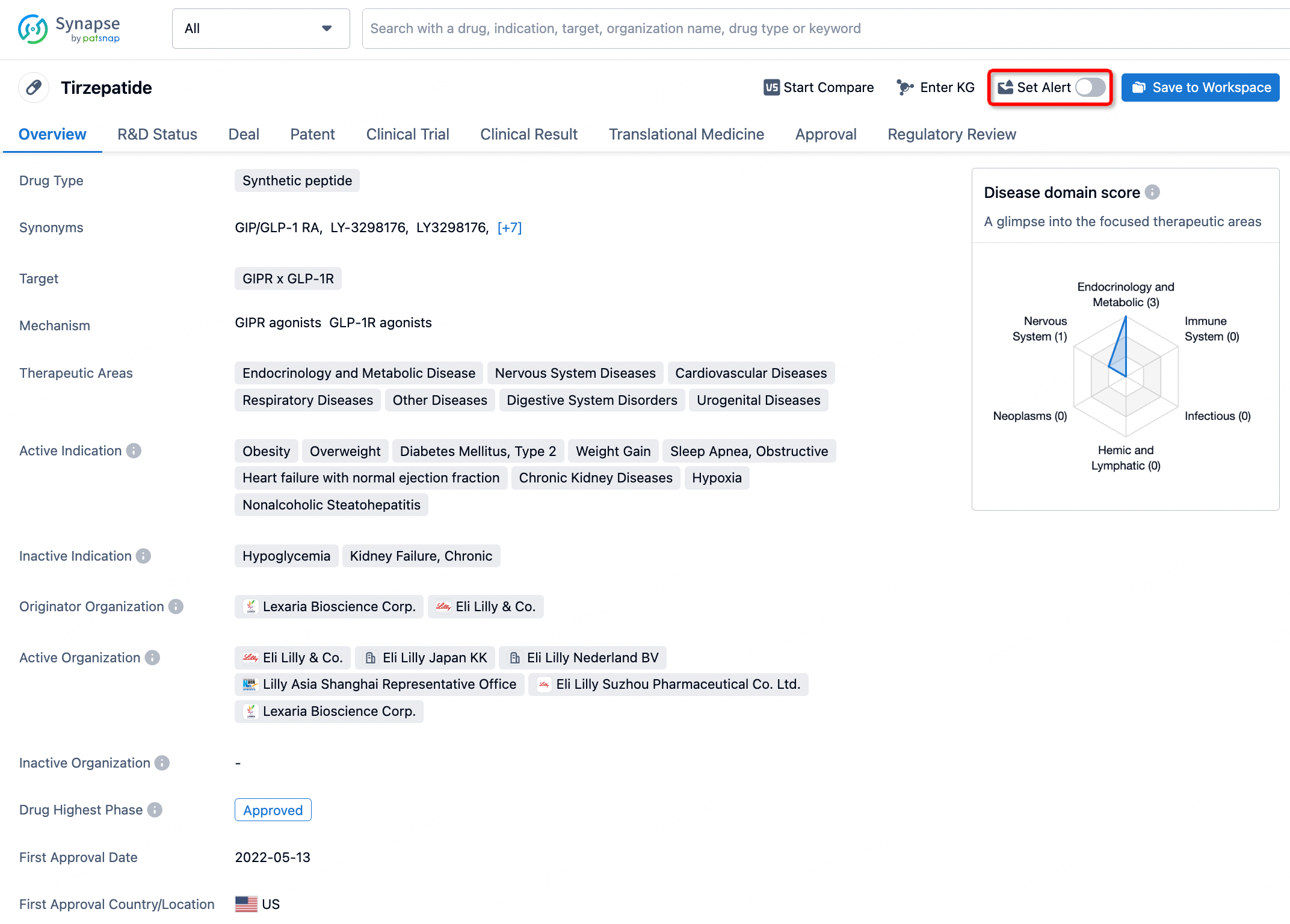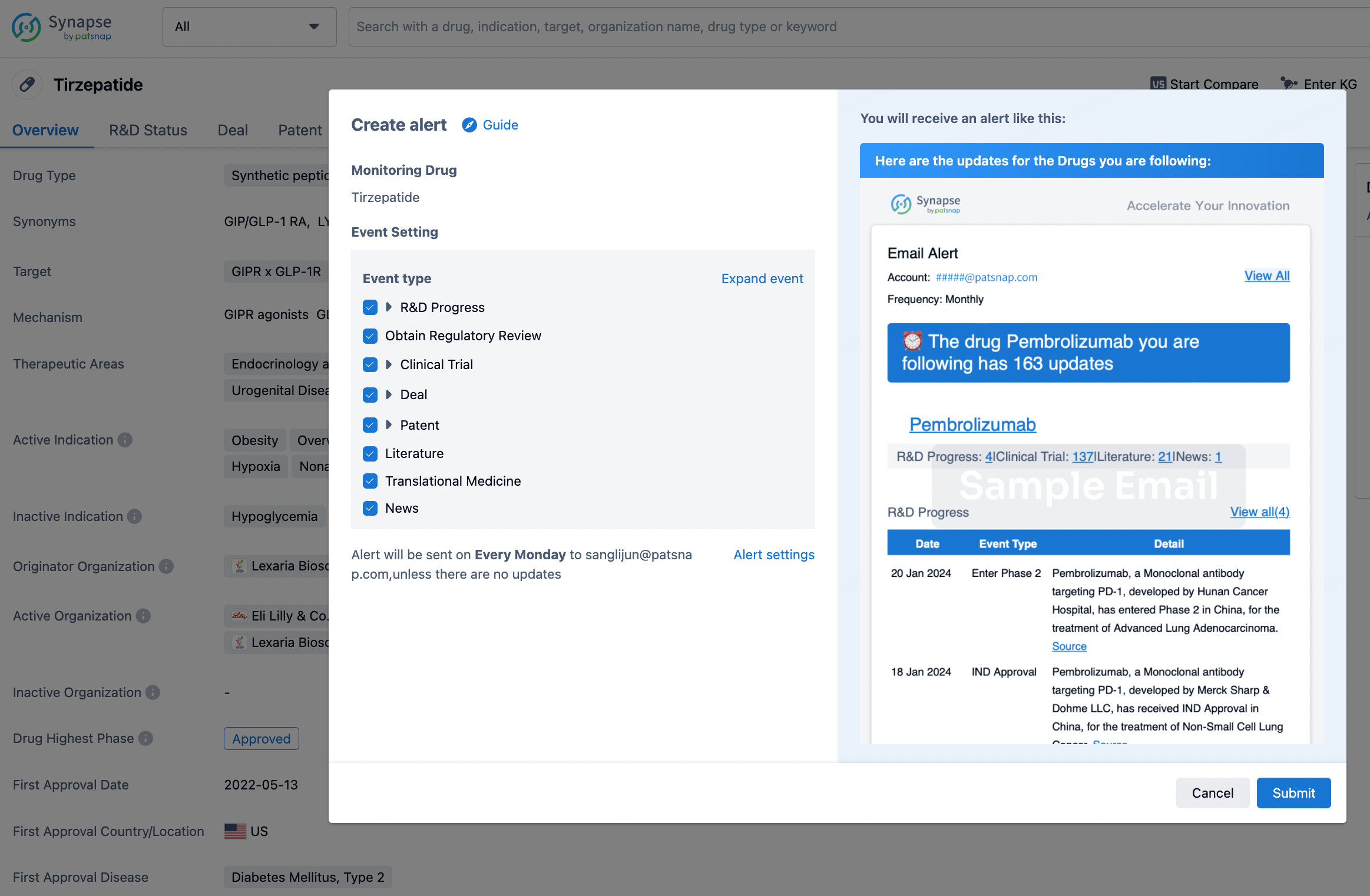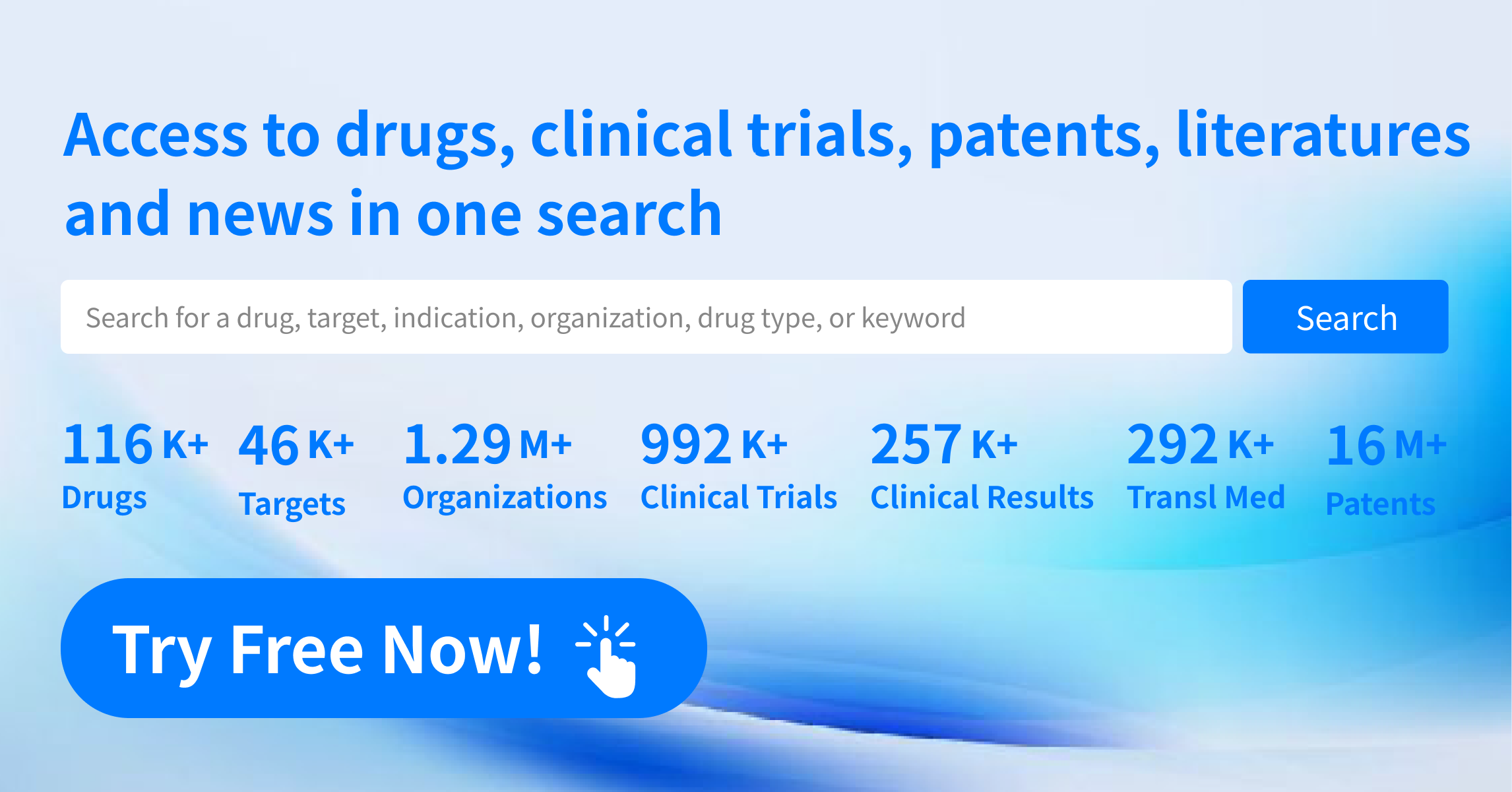Request Demo
What is the mechanism of Denopamine?
17 July 2024
Denopamine is a medication primarily used in the management of certain cardiovascular conditions, including heart failure and ischemic heart disease. It belongs to a class of drugs known as beta-adrenergic agonists, specifically targeting beta-1 adrenergic receptors. Understanding its mechanism of action provides critical insights into how it exerts its therapeutic effects.
Beta-adrenergic receptors are part of the sympathetic nervous system and play a pivotal role in the regulation of cardiac function. There are three main types of beta receptors: beta-1, beta-2, and beta-3. Denopamine selectively activates beta-1 adrenergic receptors, which are predominantly located in the heart. When these receptors are stimulated, a cascade of intracellular events is triggered, leading to enhanced cardiac output and improved myocardial contractility.
Upon administration, Denopamine binds to beta-1 adrenergic receptors on the cardiac myocytes (heart muscle cells). This binding activates adenylate cyclase, an enzyme that catalyzes the conversion of ATP (adenosine triphosphate) to cAMP (cyclic adenosine monophosphate). The increase in cAMP levels subsequently activates protein kinase A (PKA), which phosphorylates various proteins involved in the contraction process of cardiac muscle cells.
One of the primary targets of PKA is the L-type calcium channels on the cell membrane. Phosphorylation of these channels enhances their activity, leading to an influx of calcium ions into the myocytes. Elevated intracellular calcium concentration is a critical factor in increasing the contractile force of the heart muscle. Calcium ions bind to troponin C, a regulatory protein in the myofibrils, inducing conformational changes that facilitate the interaction between actin and myosin filaments. This interaction is essential for muscle contraction.
Additionally, PKA phosphorylates phospholamban, a regulatory protein that inhibits the sarcoplasmic reticulum Ca2+-ATPase (SERCA) pump. When phospholamban is phosphorylated, its inhibitory effect on SERCA is reduced, enhancing the reuptake of calcium ions into the sarcoplasmic reticulum. This process not only aids in muscle relaxation during diastole but also ensures a rapid availability of calcium for the next contraction cycle.
The overall effect of Denopamine's action on beta-1 adrenergic receptors is a positive inotropic effect, meaning an increase in the strength of heart muscle contraction. This improvement in myocardial contractility leads to better cardiac output, which is particularly beneficial for patients with heart failure, where the heart struggles to pump blood efficiently.
In summary, Denopamine enhances cardiac function by selectively stimulating beta-1 adrenergic receptors in the heart. This stimulation triggers a series of biochemical events that increase intracellular calcium levels, thereby improving myocardial contractility and cardiac output. Its mechanism of action underscores its therapeutic potential in managing conditions where enhanced heart muscle function is desirable.
Beta-adrenergic receptors are part of the sympathetic nervous system and play a pivotal role in the regulation of cardiac function. There are three main types of beta receptors: beta-1, beta-2, and beta-3. Denopamine selectively activates beta-1 adrenergic receptors, which are predominantly located in the heart. When these receptors are stimulated, a cascade of intracellular events is triggered, leading to enhanced cardiac output and improved myocardial contractility.
Upon administration, Denopamine binds to beta-1 adrenergic receptors on the cardiac myocytes (heart muscle cells). This binding activates adenylate cyclase, an enzyme that catalyzes the conversion of ATP (adenosine triphosphate) to cAMP (cyclic adenosine monophosphate). The increase in cAMP levels subsequently activates protein kinase A (PKA), which phosphorylates various proteins involved in the contraction process of cardiac muscle cells.
One of the primary targets of PKA is the L-type calcium channels on the cell membrane. Phosphorylation of these channels enhances their activity, leading to an influx of calcium ions into the myocytes. Elevated intracellular calcium concentration is a critical factor in increasing the contractile force of the heart muscle. Calcium ions bind to troponin C, a regulatory protein in the myofibrils, inducing conformational changes that facilitate the interaction between actin and myosin filaments. This interaction is essential for muscle contraction.
Additionally, PKA phosphorylates phospholamban, a regulatory protein that inhibits the sarcoplasmic reticulum Ca2+-ATPase (SERCA) pump. When phospholamban is phosphorylated, its inhibitory effect on SERCA is reduced, enhancing the reuptake of calcium ions into the sarcoplasmic reticulum. This process not only aids in muscle relaxation during diastole but also ensures a rapid availability of calcium for the next contraction cycle.
The overall effect of Denopamine's action on beta-1 adrenergic receptors is a positive inotropic effect, meaning an increase in the strength of heart muscle contraction. This improvement in myocardial contractility leads to better cardiac output, which is particularly beneficial for patients with heart failure, where the heart struggles to pump blood efficiently.
In summary, Denopamine enhances cardiac function by selectively stimulating beta-1 adrenergic receptors in the heart. This stimulation triggers a series of biochemical events that increase intracellular calcium levels, thereby improving myocardial contractility and cardiac output. Its mechanism of action underscores its therapeutic potential in managing conditions where enhanced heart muscle function is desirable.
How to obtain the latest development progress of all drugs?
In the Synapse database, you can stay updated on the latest research and development advances of all drugs. This service is accessible anytime and anywhere, with updates available daily or weekly. Use the "Set Alert" function to stay informed. Click on the image below to embark on a brand new journey of drug discovery!
AI Agents Built for Biopharma Breakthroughs
Accelerate discovery. Empower decisions. Transform outcomes.
Get started for free today!
Accelerate Strategic R&D decision making with Synapse, PatSnap’s AI-powered Connected Innovation Intelligence Platform Built for Life Sciences Professionals.
Start your data trial now!
Synapse data is also accessible to external entities via APIs or data packages. Empower better decisions with the latest in pharmaceutical intelligence.


